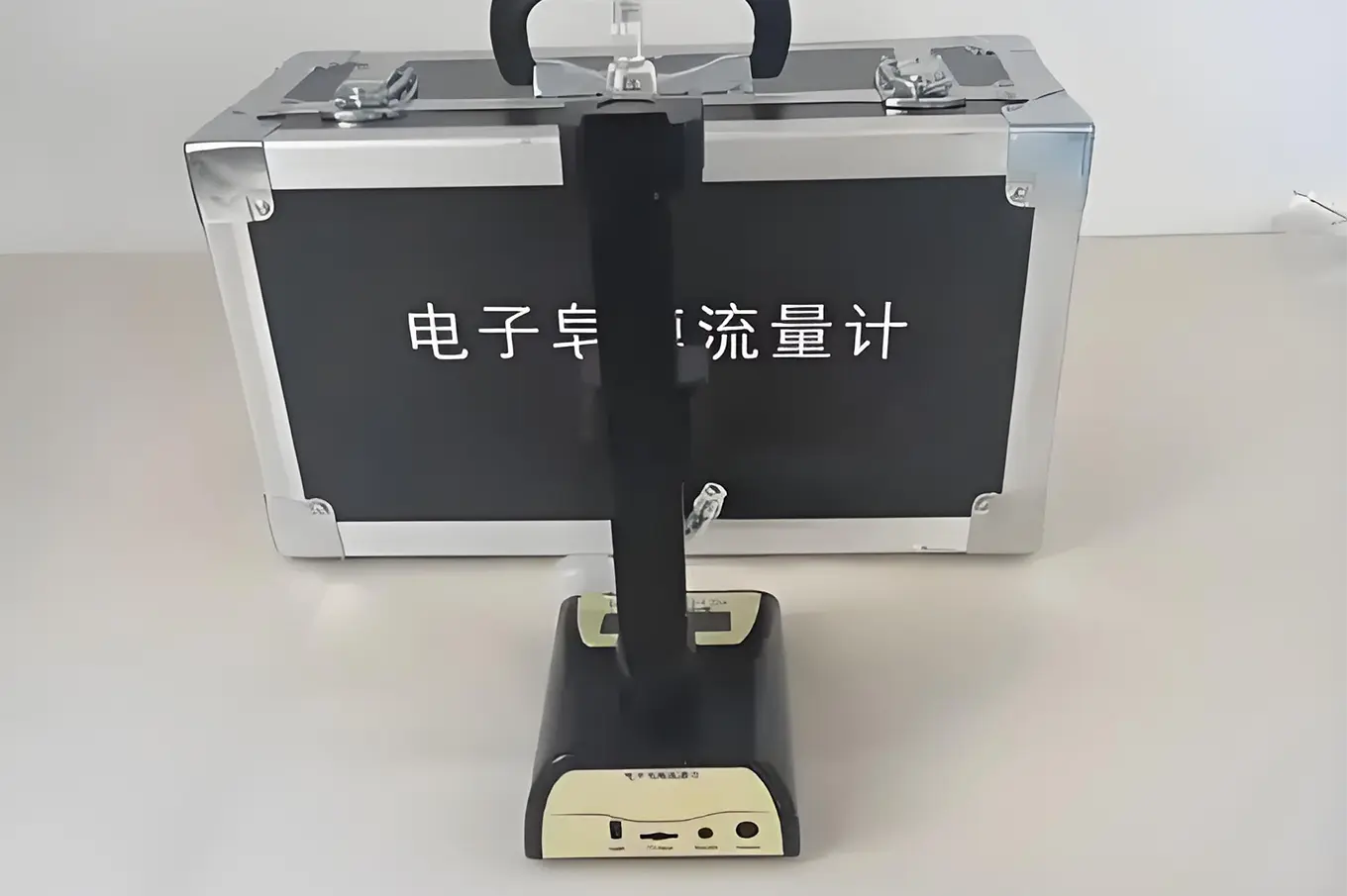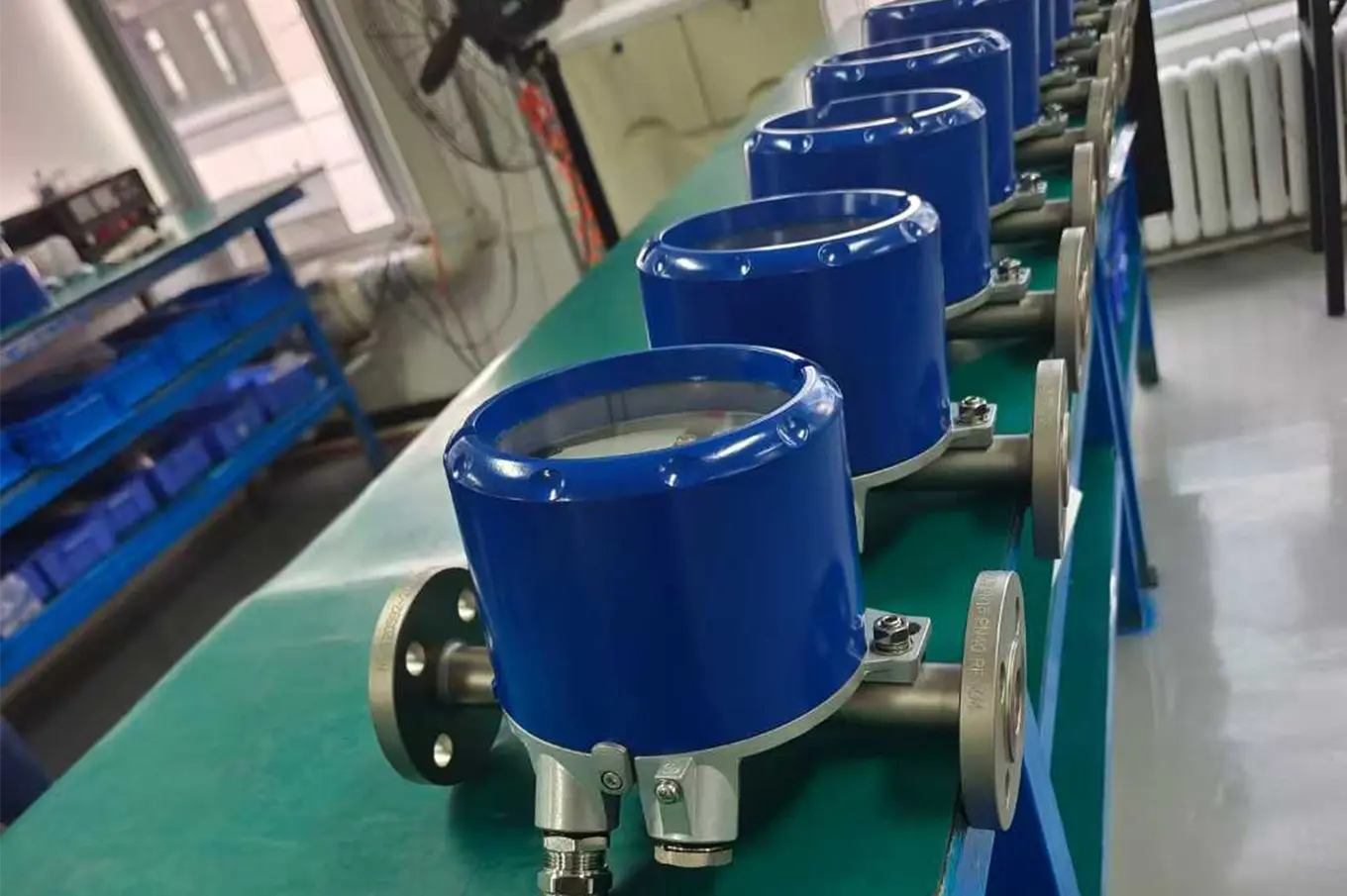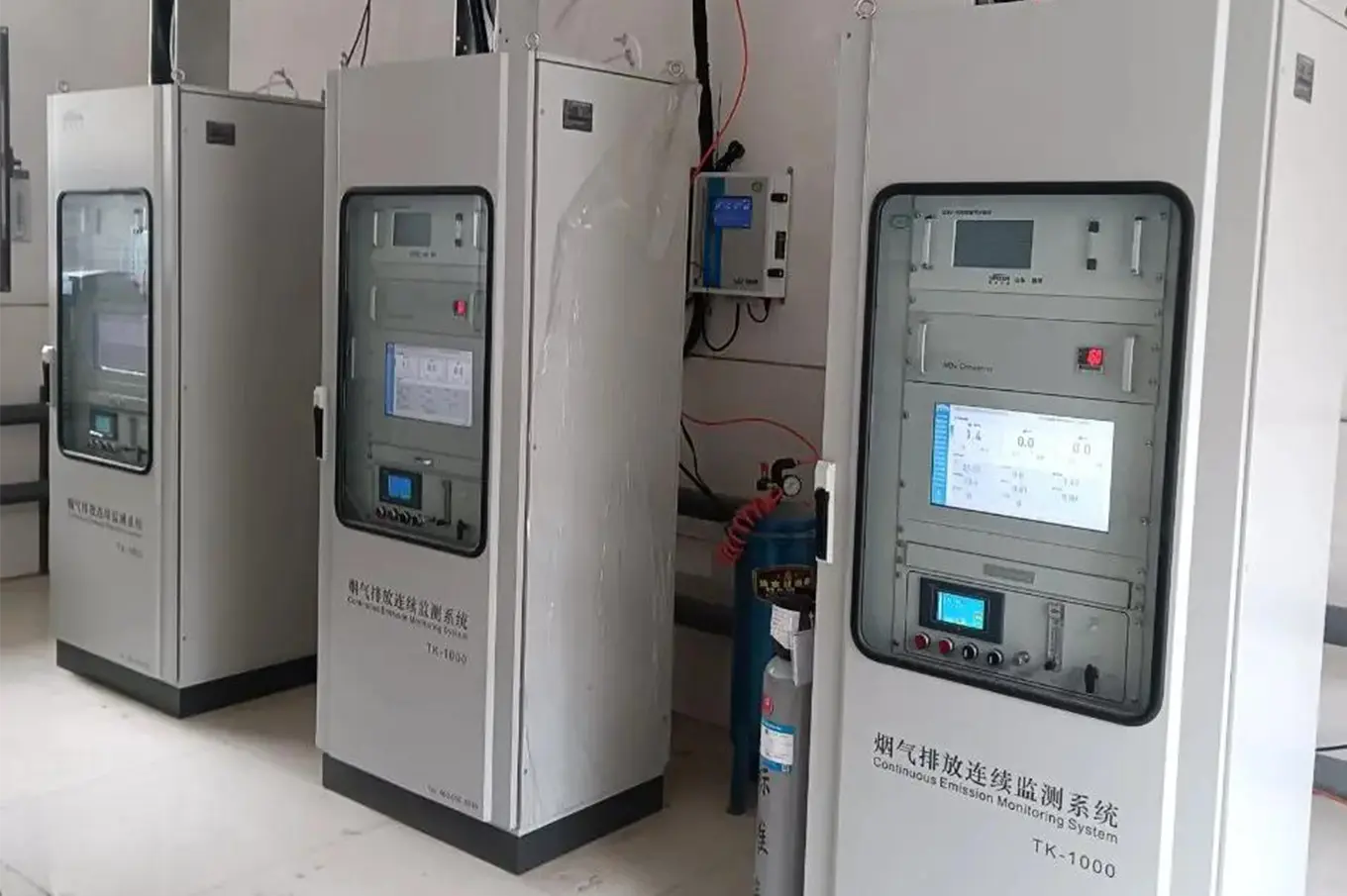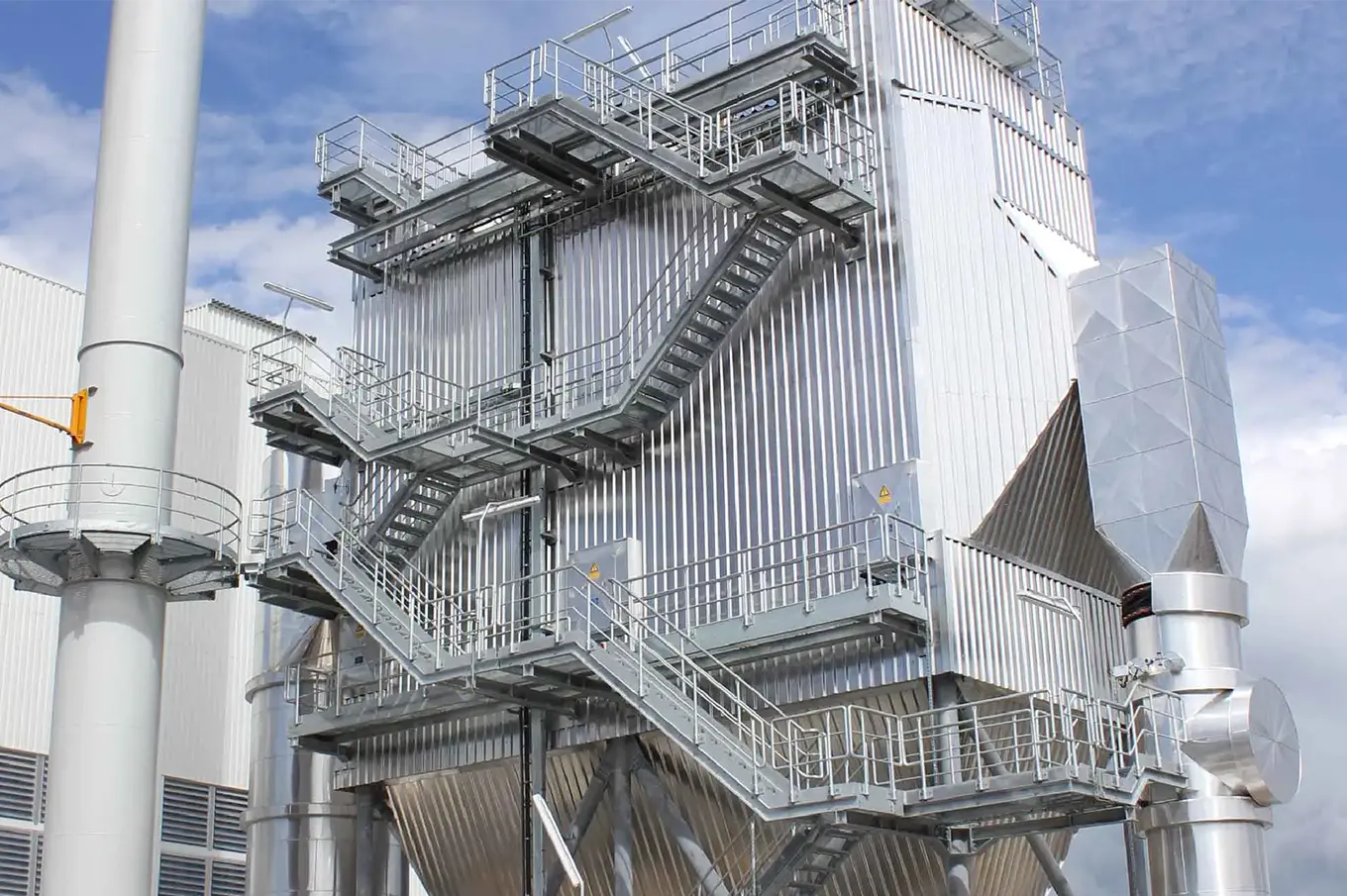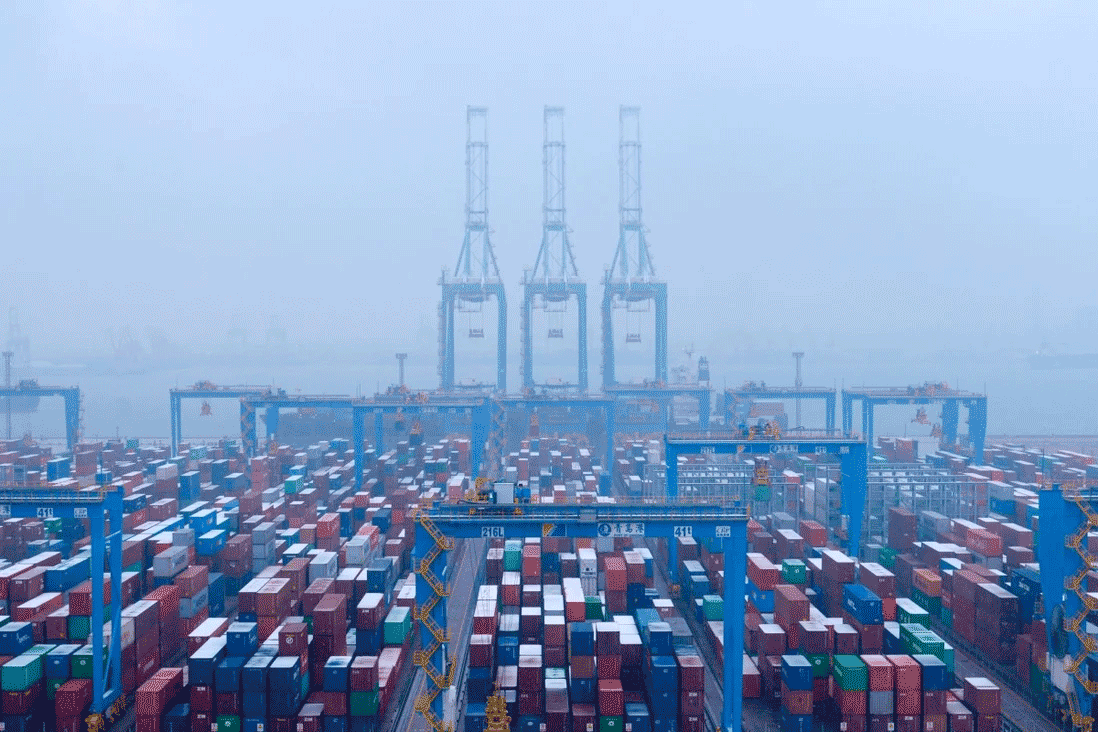- Shanghai Zhongshen International Trading Co., Ltd. – Your reliable partner with 20 years of import/export agency service expertise.
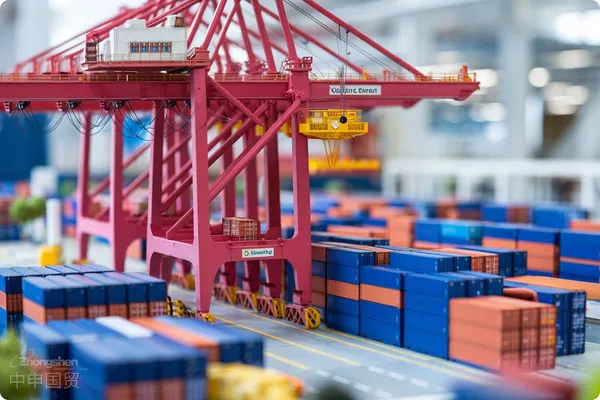
?Equipment Export?Special challenges in the industry
The global equipment export market is projected to surpass US$2.3 trillion in 2025, yet the industry-wide average customs-clearance delay rate remains at 17%. Electromechanical equipment exports involveComplex Classification of HS Codes,Special Transport Qualification,Destination-country technical certificationThree core pain points. In 2024, a Jiangsu-based laser-cutting-machine manufacturer had an entire container of equipment held up at the Port of Rotterdam because of an incorrect code declaration, incurring storage charges equal to 12 % of the cargo’s value.
Screening Criteria for Premium Agency Platforms
By analyzing the business data of 120 active service providers, we found that high-quality platforms share the following characteristics:
- Qualification verification system
- Holding both AEO certification and IATA dangerous goods transport qualification
- The annual handling volume of mechanical and electrical products exceeds 500 TEUs.
- Global service nodes
- Maintains its own customs-clearance teams in RCEP member countries
- Major ports in Africa have emergency response centers.
- Risk control mechanism
- Provide pre-certification services for technical certification in the destination country
- The floating range of the customs-duty deposit shall be kept within 3%–5% of the goods’ value.
New Customs Supervision Regulations for 2025 Compliance
According to the newly released “Regulations on the Export Supervision of Mechanical and Electronic Products (2025 Edition),” enterprises must pay special attention to:
- Equipment with a power rating exceeding 50 kW must report its energy-consumption parameters separately.
- Smart devices with AI modules must provide a description of the algorithm’s purpose.
- Used equipment must be accompanied by when exported3-year maintenance record electronic archive
Comparison of Typical Service Solutions
- Basic Service (for orders < US$500,000)
- Average cost under EXW terms: 8%–12% of the goods' value
- Customs clearance time: 7–10 working days
- Full-process service (applicable to precision-equipment exports)
- DDP terms include technical certification
- Shock-proof packaging + constant-temperature transportation
- Average cost: 15%–18% of the goods value
Decision Implementation Roadmap
- Needs Diagnosis: Define the technical specifications of the equipment and the market-access requirements of the target market.
- Service Provider Pre-screening: Verify similar equipment operation cases in the past three years.
- Option Comparison: Focus on comparing the emergency response time indicators at the destination port
- Contract Negotiation: Locking Down the Liability Clause for Technical Certification Failure
A Zhejiang-based injection-molding-machine exporter used this assessment system to cut the average transport-loss rate from 2.7 % to 0.8 % and push on-time overseas project delivery to 94 %. Choosing an agency platform is, in essence, purchasingRisk control ability, rather than simple logistics services. Companies should establish a system that includes20 Key Indicatorsevaluation matrix, enabling scientific decision-making through quantitative analysis.
Category Case
Contact Us
Email: service@sh-zhongshen.com
Related recommendations
Contact via WeChat

? 2025. All Rights Reserved.
